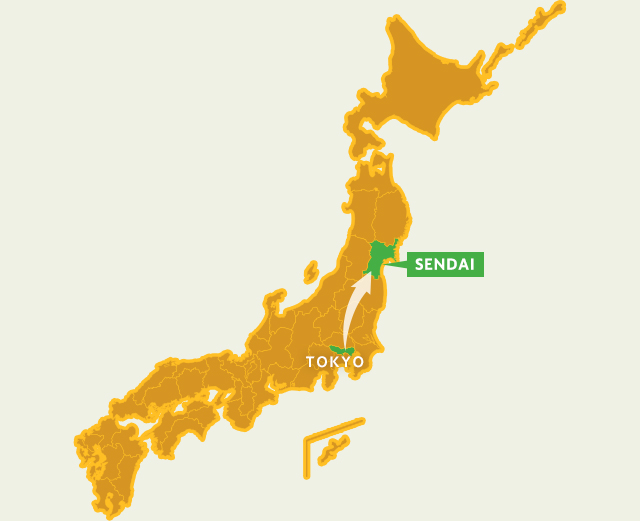Climate change continues to be one of the world’s foremost challenges in the 21st century. Many countries, cities, businesses, and industries are all reckoning with how to make the world more climate-friendly. Sendai City was damaged after the tsunami that hit Japan in 2011, leaving them reeling with many challenges. After the devastation, the city was determined to get on the right track and lead in disaster risk reduction. Part of that effort has included the effort to provide the city with drones connected through private wireless networks.
Sendai is located on the main island of Honshu, Japan, in the northeast of the island. The population as of 2015 according to the United Nations was just over one million. Since the tsunami, the city has worked hard to improve disaster response and the general response to climate change in the world. The Sendai Framework was even adopted by the UN Office for Disaster Risk Reduction (UNDRR) in 2015 that provides nations with “concrete actions to protect development gains from the risk of disaster”. To say that climate change, its risks, and effects are understood in Sendai would be an understatement.
Nokia partnered with Sendai to build an emergency system that would be able to monitor tsunamis, broadcast alerts, and evacuate affected areas. Sendai needed a system that would be able to respond quickly and reliably in the case of disaster, like what had happened in 2011. Nokia partnered with the city of Sendai using wireless broadband and drones, using their Drone Networks application and Digital Automation Cloud (DAC). Nokia defines DAC as, “(including) It high performance on-premises edge computing, your choice of private wireless connectivity or Wi-Fi, click & deploy ecosystem-neutral applications and a range of certified ruggedized devices”. A rapidly deployable private LTE network would be vital to these plans, as it would ensure connectivity even as Wi-Fi networks fail or falter. First tests were taken in November of 2019 and were especially a success in mitigating danger for workers and rescuers.
Sendai’s mayor, Kazuko Kohri told Nokia that the use of the drones were effective and were able to provide people with better information in the event of a disaster. The continued innovation in private wireless networks has seen benefits already in places like Sendai, where climate change and its effects are clear. As the technology grows and spreads, we will be able to see its use in true disaster responses to gauge its effectiveness in real time. To find out more about Sendai, visit Nokia’s site here. To learn more about private wireless, return to locallte.com.


